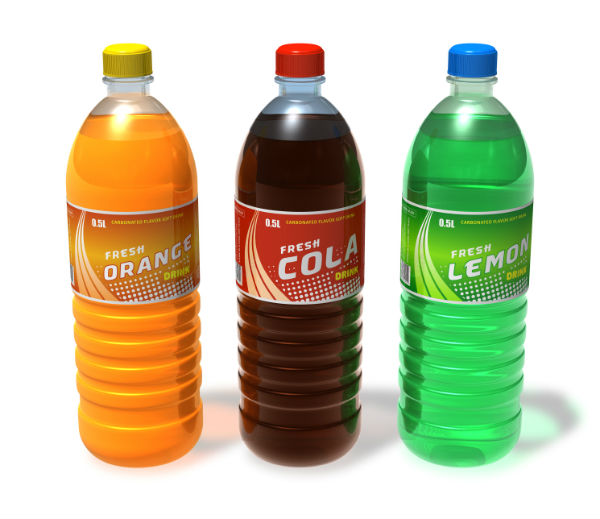Plastic was
invented in the 19th century and originally used to replace common materials such as ivory, rubber and shellac.
In the 21st century, this once celebrated invention has become almost like a disease that has spread to a significant amount of commodities sold today, including plastic beverage bottles. In 1983, Normal Mailer said in
Harvard Magazine, “I sometimes think that there is a malign force loose in the universe that is the social equivalent of cancer, and it’s plastic. It infiltrates everything. It’s metastasis. It gets into every single pore of productive life…”.
It took years for plastic to become a popular domestic product, and now that we have reached our maximum plastic consumption, homeowners are struggling to rid their lives of this material in an effort to go green.
Alexander Parkes invented the first manmade plastic in 1862, which was derived from cellulose and named
Parkesine. Parkes presented his finding at the Great International Exhibition in London and claimed that the material was more versatile and cheaper than rubber. Although Parkesine could be manipulated into various shapes, investors lost interest since the raw materials to produce the plastic were so expensive.
Later in the 19th century, John Wesley Hyatt developed celluloid from a mixture of shredded tissue paper, nitric acid and sulfuric acid to develop the first thermoplastic, which was used and is still used today for photographic film.
The next milestone in resins came in 1907, when New York chemist Leo Baekeland created
Bakelight. The military found this material helpful in the production of weapons, and it was also used for electrical insulators, radios, cups, buttons, false gums and silverware handles.
Some of the more familiar plastics like rayon and cellophane were the precursors to the “plastics craze” in the roaring ’20s. Rayon is a modified cellulose that was developed by Louis Marie Hilaire Bernigaut in 1891. Less than 10 years following the creation of rayon, Dr. Jacques Edwin Brandenberger discovered cellophane. By the 1940s, nylon, acrylic, neoprene, SBR and polyethylene were becoming widespread. Between 1940 and 1945, the demand for plastic in America grew immensely and tripled in production due to the war, public funding, oversight and the material’s versatility.
All of these inventions and discoveries gave way to
different types of plastic, including polyvinyl chloride (PVC) or vinyl, polyvinylidence chloride (SaranTM), Teflon, polyethylene terephthalate (PET), high-density polyethylene (HDPE), low-density polyethylene (LDPE), polypropylene (PP) and polystyrene (PS). PVC is found in vegetable oil bottles and food wraps; PET is often used in beverage and food containers; HDPE is used in the making of milk and detergent bottles; LDPE helps to create plastic bags and shrink wrap; PP is found in margarine and yogurt containers; and PS makes egg cartons and disposable utensils.
Although the first bottled soda water in America was created in 1835, plastic bottles for soft drinks weren’t in use until 1970, and the
first PET bottle was made three years later. By 1977, the
PET bottles weighed 60 grams, but were soon reduced to 48 grams. The Coca-Cola Company began
blending recycled plastic into its plastic beverage bottles in 1990.
On July 27, 2010, the first
ship made from recycled plastic bottles called the Plastiki was constructed, and David de Rothschild led his crew in a 12,000-nautical-mile sea mission.
Since the introduction of plastic, our society has taken full advantage of this material and created many purposes for it besides beverage bottles. However, now that the movement toward sustainable living has become a priority, plastic is the enemy rather than the hero it once was developed to be.


